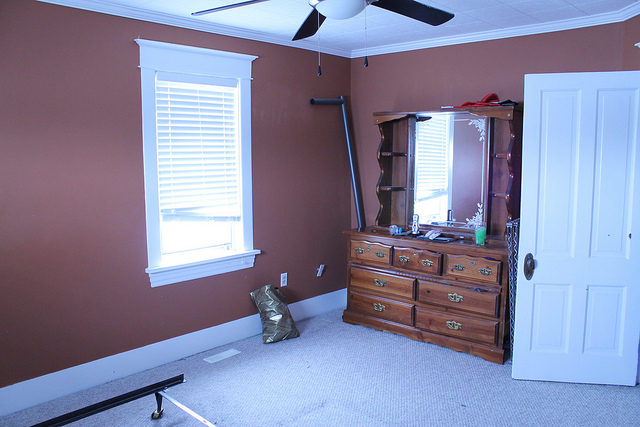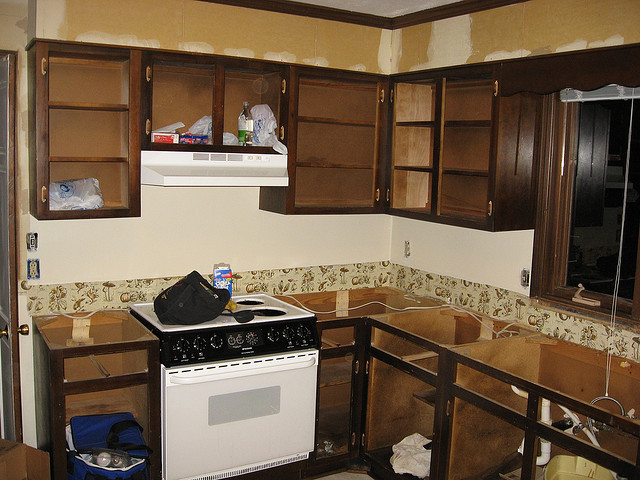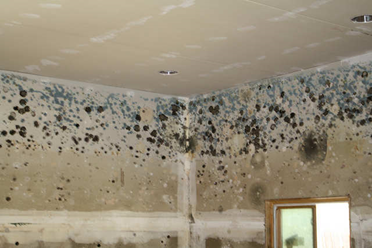Nothing beats the feeling of going home after a long day at work and relaxing in your beautiful bedroom. Your anticipation for a peaceful evening, however, could easily be ruined if your personal living space has seen better days and isn’t very relaxing. If you’re having difficulty resting in your bedroom, it might be time to turn it around and improve it.
Budget Makeovers
You don’t have to spend a fortune for a bedroom makeover. The key to improving your room is knowing how to maximize what you already have so you only spend for what you really need.
When renovating your room, you have to make sure that furniture and your decorations match. Having a theme can make your life easier and cut renovation time by half. This way, you are only focused on a single look for things you’re going to get for your room. If you want a room with a traditional feel, choose wood furniture. For a modern, chic style, consider beds with metal frames in unconventional shapes. Remember, your bed is the focal point of the room. How it looks like will dictate how the rest of the room should also look.
Go for Relaxing Colours
The colours you use for the room set your mood. Using bold colours, such as bright red and hot pink, can stimulate your senses and make it difficult for you to relax. Choose subdued colour combinations such as pastel, and earth tones.
Use Accent Pieces and Furniture
Your bedroom is that one part of that house where you can freely show your personality. You can do this by choosing accent pieces that match your style. For a more personalized feel, you can even hire a tradesman to build unique furniture or accent pieces for the room. This way, you won’t waste time looking for accessories. You just have to inform the tradesman of your preferences and he will build the furniture pieces for you.
Storage
Clutter can easily tire you out. Consider storage when renovating a bedroom. Is the space big enough for a walk in closet? Do you need dressers and armoires? If so, make sure your furniture pieces complement or match each other.
From Drab to Stylish

It’s easy to bring life to your bedroom. You can start with accessories o accent pieces you can do by yourselves. Pillows and headboards are easy to customize. In fact, you won’t even need to hire anyone to do this for you, unless of course, you’re interested in getting your hands dirty. In which case, you can hire a tradesman to do the job for you. Turn your plain headboard to a beautiful one by painting dainty patterns. Checkereds, florals, and stripes are popular patterns you may use for your headboard.
Turn your dream bedroom to reality without burning a hole in your pocket. Pick your theme, decide on a layout and consult a few tradesmen. This way, you can find the perfect service provider that gives the best value for your money.

 Before you tear your kitchen down, make sure you’ve thought of exactly how you want the room to look like. Consider your floor area and common activities that take place in your kitchen. This will help you determine where to place the range, sink, island, and the breakfast table. In addition, taking time to plan will avoid an outcome that looks like you’ve haphazardly picked different styles and put them together in one room. There’s nothing wrong with putting styles together but it is important to work on a theme. Do you want a modern, contemporary, or minimalistic kitchen? Following a theme also helps you determine that kind of materials you need for the renovation.
Before you tear your kitchen down, make sure you’ve thought of exactly how you want the room to look like. Consider your floor area and common activities that take place in your kitchen. This will help you determine where to place the range, sink, island, and the breakfast table. In addition, taking time to plan will avoid an outcome that looks like you’ve haphazardly picked different styles and put them together in one room. There’s nothing wrong with putting styles together but it is important to work on a theme. Do you want a modern, contemporary, or minimalistic kitchen? Following a theme also helps you determine that kind of materials you need for the renovation. You’ll find moulds in areas with too much moisture, such as in the kitchen and unventilated bathroom. When you heat water, such as when you take a hot shower, vapour occurs. As vapour cools down, it returns to its original state – liquid. This is the condensation process. It is the most common reason moulds form at home.
You’ll find moulds in areas with too much moisture, such as in the kitchen and unventilated bathroom. When you heat water, such as when you take a hot shower, vapour occurs. As vapour cools down, it returns to its original state – liquid. This is the condensation process. It is the most common reason moulds form at home.